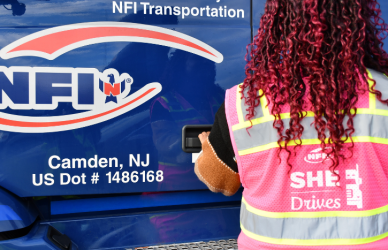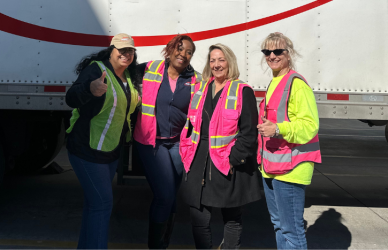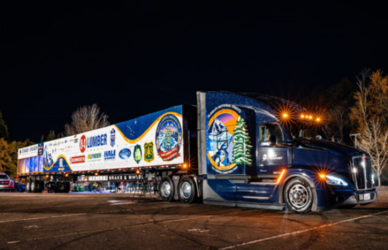Imagine a world where the trucking industry opens its doors wider to women, especially in smaller companies. That world is becoming reality, according to a new study from the Women In Trucking Association. Their 2024-25 WIT Index uncovers that smaller trucking companies are leading the charge in hiring female drivers, even surpassing larger firms.
This isn’t just another statistic to glance over; it’s a revelation that flips an old assumption on its head. For years, people believed that bigger trucking companies naturally employed more women drivers. But now, the data proves otherwise. Smaller enterprises are championing diversity with women making up 12.5% of professional drivers holding CDLs—a figure that sees a noticeable dip in larger companies.
Let’s break down the numbers: medium to large firms report a female driver presence of 10.5%, while major companies fall further behind with only 7%. These figures reflect women who are navigating medium- to heavy-duty trucks, demonstrating a significant presence where it truly matters.
But this movement isn’t just on the roads; it’s reaching boardrooms too. Women account for a significant part of trucking leadership—occupying 28% of executive roles and 34.5% of supervisory positions. They’re not stopping there, grabbing hold of HR, talent management, and even dispatcher roles with a noticeable 74.5% and 38.5% in these areas, respectively. However, there’s room for growth in technical positions with women comprising only 4% of diesel technicians.
This revelation comes from a survey of organizations of all sizes in transportation conducted between August 2023 and April 2024, with WIT drawing from a diverse pool of 350 organizations. The participants were largely for-hire motor carriers and private fleet companies, making up over half of the surveyed group. It’s a revealing portrayal of how the industry is evolving, with smaller firms lighting the way towards a more gender-inclusive workplace.
As these changes continue to unfold, the trucking industry is poised not only to embrace a broader workforce but to weave richer stories of progress and inclusion along every mile.












